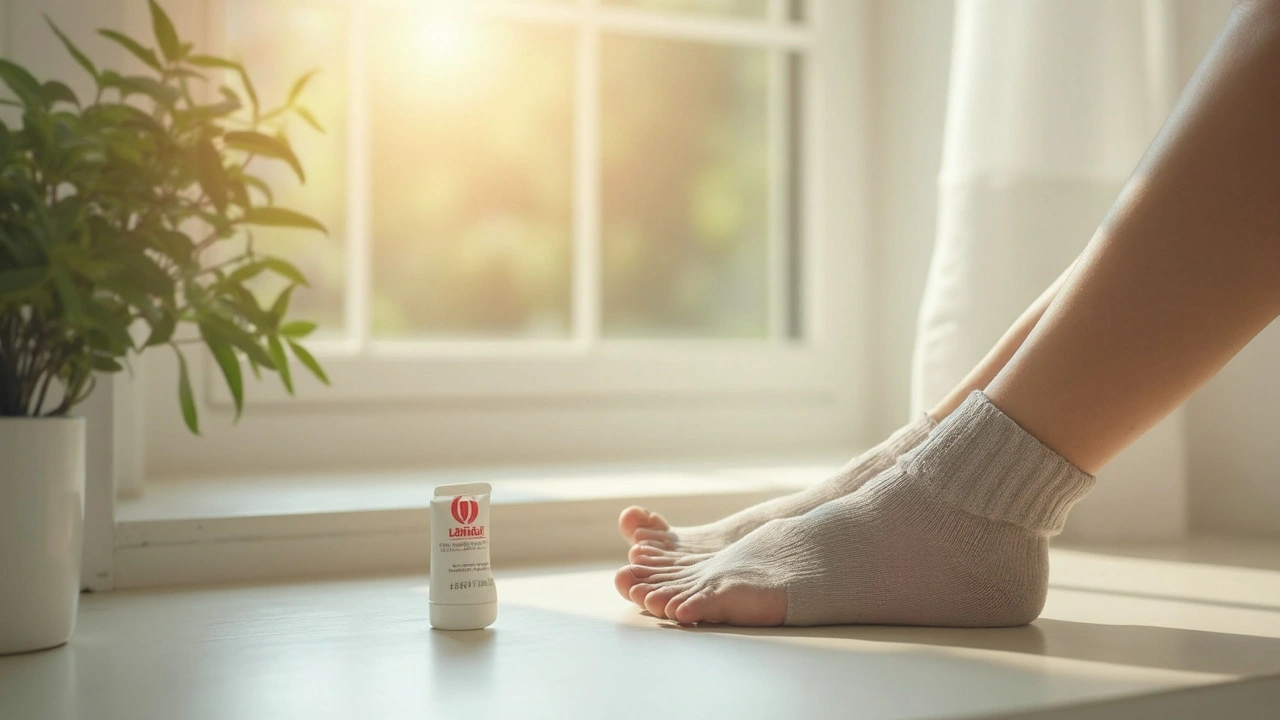Antifungal Treatment: What Works and When
If you suspect a fungal infection, the first step is figuring out what you’re dealing with. Skin yeast (like Candida), athlete’s foot, ringworm, and nail fungus all look different and need different treatment plans. This page gives straight, useful advice on how antifungal treatment works, when to use creams, and when you need a prescription pill.
Topical vs oral antifungals — quick guide
For skin infections (athlete’s foot, jock itch, ringworm), start with a topical antifungal cream or spray. Over-the-counter options include clotrimazole, miconazole, and terbinafine cream. Apply as directed, usually once or twice daily, and keep treating for the full time the product recommends — even after symptoms improve — to avoid relapse.
Nail fungus and widespread or stubborn infections often need oral treatment. Common prescription pills are terbinafine and fluconazole. Oral therapy is more effective for nails but takes longer: nail treatments typically run weeks to months, and visible improvement can take 3–6 months for fingernails and 6–12 months for toenails.
Safety, precautions, and real-world tips
Oral antifungals can affect the liver and interact with other drugs (like some statins, warfarin, or certain antibiotics). Your doctor may order a baseline liver test before starting long courses and will watch for side effects. Tell your provider about all medicines and supplements you take.
If you’re pregnant, breastfeeding, or have liver disease, avoid oral azoles unless a specialist advises otherwise. Topical treatments are usually safer in pregnancy, but check with your clinician first.
Don’t stop therapy early because the rash looks better. Stopping early is the most common reason infections come back. For athlete’s foot, continue treatment for at least 1–2 weeks after symptoms clear. For ringworm on the body, expect 2–4 weeks of topical treatment. For nails, expect months of therapy and follow-up photos or checks with your provider.
Prevention matters. Keep skin dry, change socks daily, let shoes air out, avoid sharing towels, and use antifungal powders if you sweat a lot. For nail health, trim nails short and avoid nail trauma; fungal spores like dark, moist spaces.
If you buy meds online, use reputable pharmacies. Our site has reviews and guides on safe online pharmacies and buying prescription drugs. Read pharmacy reviews, check for a real pharmacist contact, and avoid sites selling prescription pills without a prescription.
See a doctor right away if you have fever, spreading redness, pus, or severe pain — those signs suggest the infection may be bacterial or spreading and might need urgent care. If you’ve tried OTC treatments for two weeks with no improvement, book a visit for a correct diagnosis; sometimes a simple skin scraping or lab test changes the treatment plan.
Fungal infections are common and usually treatable. With the right drug, proper duration, and a little prevention, most infections clear and stay cleared. If you’re unsure which route to take, talk to a healthcare professional — they’ll pick the safest, most effective option for you.

